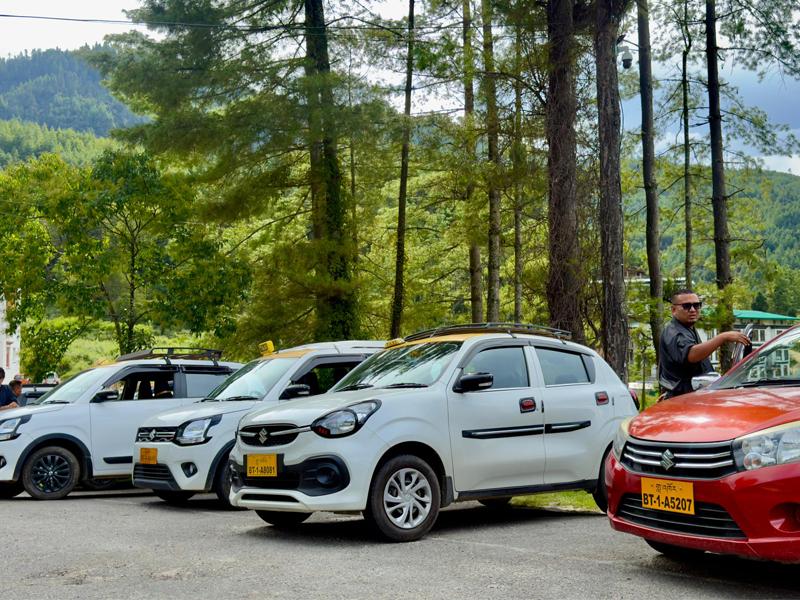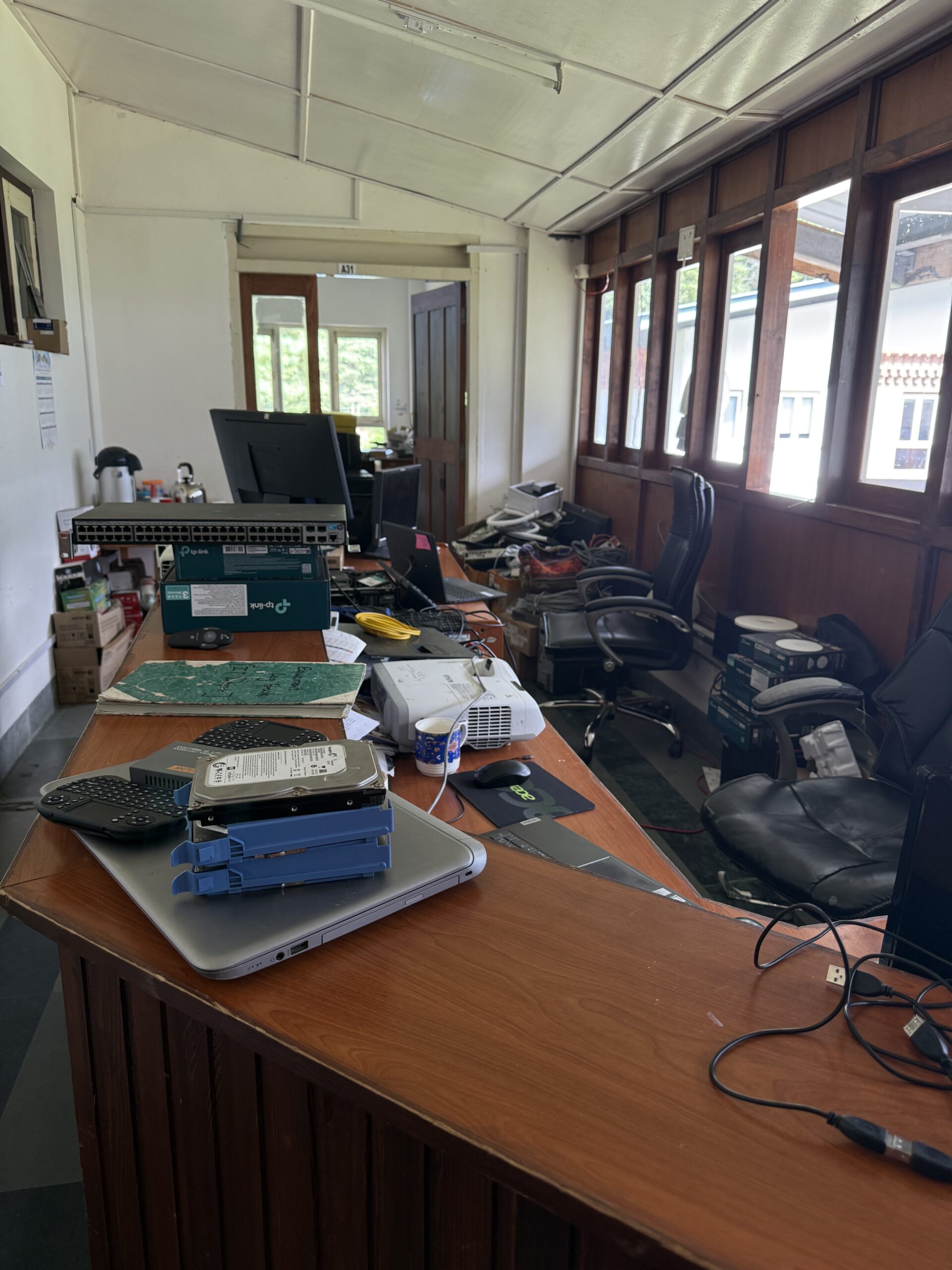“Cheaper to drive, harder to earn.”
In the bustling streets of Bhutan’s capital, the hum of electric vehicles has become a familiar sound. For taxi drivers like Kezang Wangchuk, in his mid-40s, this shift has been both a blessing and a challenge.
Kezang drives an electric taxi, one of the many that now weave through the city. With government incentives and bank loan schemes, switching from fuel-powered cars to electric ones has become more accessible. “Without that support, I would never have been able to afford this car,” he explains. The benefits are clear: no fuel costs and free charging stations mean drivers save thousands of ngultrums each year.
“I don’t worry about fuel anymore. Charging is free, and that helps us keep more of what we earn,” Kezang says proudly. But his optimism is balanced with concern.
Just a decade ago, taxis were fewer in number, and drivers like Kezang could earn a steady living. Today, the situation is different. With more people entering the profession, competition is intense. “Long ago, there were not many taxis, so we could earn more. Now, because many prefer to drive taxis for income, we are not able to earn as much,” Kezang explains.

The introduction of efficient city bus services has also reduced demand. Passengers now have cheaper alternatives for commuting, leaving taxi drivers with fewer customers. “City buses are convenient and affordable. But for us, it means losing some of our earnings,” he adds.
Despite these hurdles, the taxi industry continues to play a vital role in Bhutan’s urban economy. For many, taxi driving provides not just income but also flexibility and independence. Electric vehicles (EVs) have added another layer of opportunity, lower running costs, reduced environmental impact, and government support.
However, the growing number of taxis has led to a saturation of the market. Drivers often wait long hours for passengers, and earnings can be unpredictable. Some drivers have even started exploring side jobs or part-time work to supplement their income.
Economists note that while EV taxis are environmentally friendly and cost-efficient, the sustainability of drivers’ income depends on balancing supply and demand. Too many taxis in a small city could lead to reduced profitability for everyone.
For Kezang and others like him, taxi driving remains a respectable livelihood, but it requires resilience. “We work long hours to make enough. Some days are good, some days are not. But at least with the electric car, expenses are less,” he reflects.
As Bhutan continues its journey toward green mobility, the stories of taxi drivers highlight the human side of the transition. They are navigating not only the city roads but also the shifting terrain of Bhutan’s economy. For them, each ride is more than a trip and it’s part of a larger struggle to adapt, sustain, and keep moving forward.











Leave a Reply